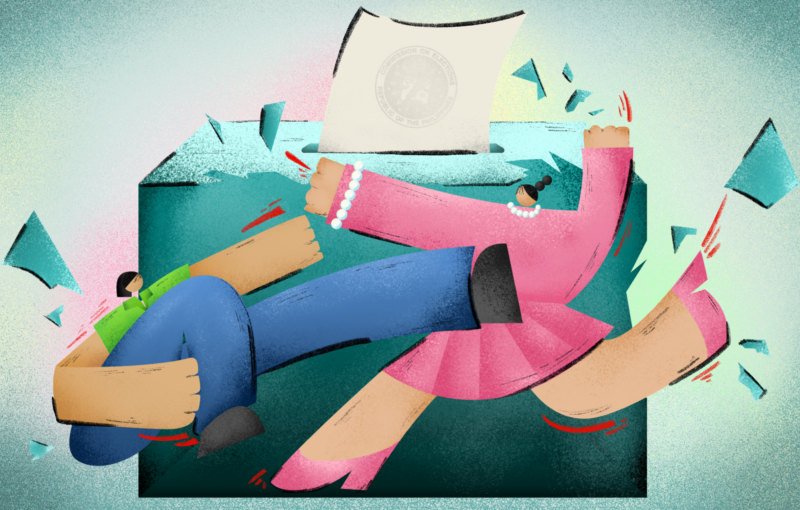When Baka Bukas, a film about the relationship between two young and middle-class lesbians, was released in March, early reviews and trailers made film enthusiasts eager to see it. In an industry where the representation of queer identities is questioned or not fully explored, the themes, coupled with the film’s contemporary aesthetic, were welcomed. However, the film met mixed-to-negative reviews not from the expected conservative standpoints, but from social media-toting millennials, ironically the film’s apparent target demographic. It was argued that the film’s perspective was exclusively “peti-b” or middle-class, ignoring the conditions of other classes unprotected by socioeconomic privilege the film’s characters enjoyed.
The online buzz was brief and it was later raised that the film could be credited nonetheless for depicting the struggle of a particular social class of queer identities. Yet the discourse, casual as it may have been, made it apparent that many individuals saw that the struggle for equality and representation was one that needed to be intersectional. To fight for both requires the acknowledgement of multilayered systems of oppression, including those of socioeconomic structures.
Today, the issue of intersectionality finds itself often articulated in Western-centered feminism. Here, “white feminism,” which does not recognize the further struggles of non-white women, is seen as an ongoing problem. However, the discourse over Baka Bukas shows how the concept must not be restricted to just race. The intersectional framework of equality and representation acknowledges that representation is never just a question of the binary between the oppressor and the oppressed. In order to promote both concepts, there needs to be a further critique of existing oppressive institutions.
The issue of intersectional struggle took a more crucial turn when Bataan Representative and staunch LGBTQ+ advocate Geraldine Roman—also the first elected transgender politician in the Philippines—voted in favour of the death penalty bill at its final reading in Congress. Online, individuals expressed dismay and betrayal. How could Ms. Roman, who fought unceasingly for the Anti-Discrimination Bill in protection of the LGBTQ+ community, support a measure that was inherently discriminatory against demographic that included many of those she fought for? It was a world of “compromise,” she later said, and to keep the fight for her advocacies, she had to play by the rules. Yet for many, to argue for equality on one hand and support a flawed measure that preyed on inequality on the other was hypocritical.
The battlegrounds for equality, representation, and justice are always interconnected. One cannot fight exclusively for an oppressed “identity” without acknowledging the intersections of injustice that prevail. With movements like feminism that seek to attain equal rights and opportunities for all, a refusal to be intersectional yields a movement that is counterproductively limited and exclusive. To restrict the fight to only those of particular sexualities, races, and socioeconomic classes misses the point of such movements entirely. With this, the challenge lies in inclusivity and awareness. The fight continues for those who endeavor to make known the struggle of those oppressed and further oppressed; going beyond the privileged and reaching to those below.







